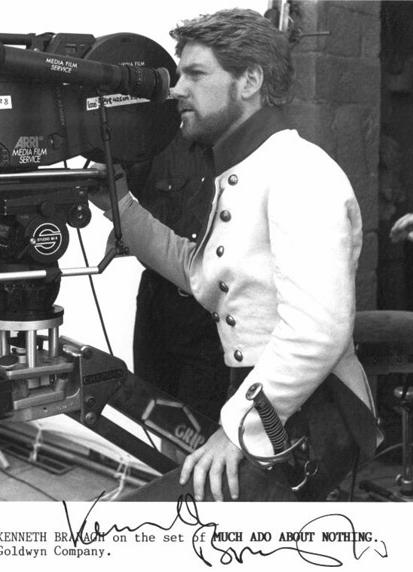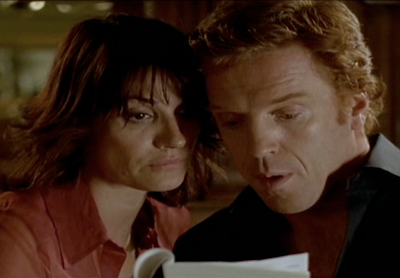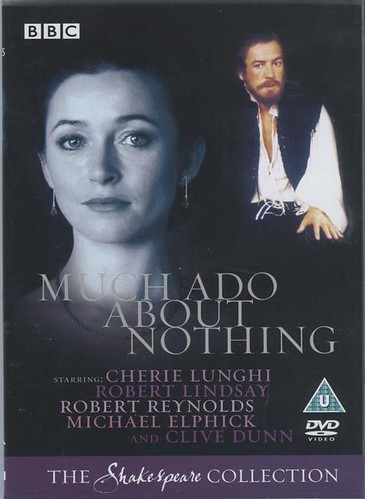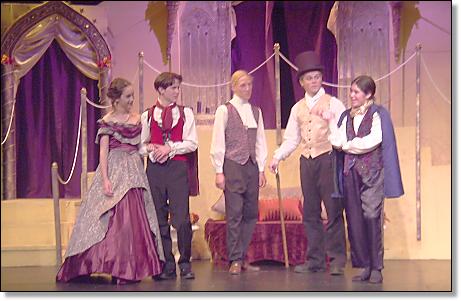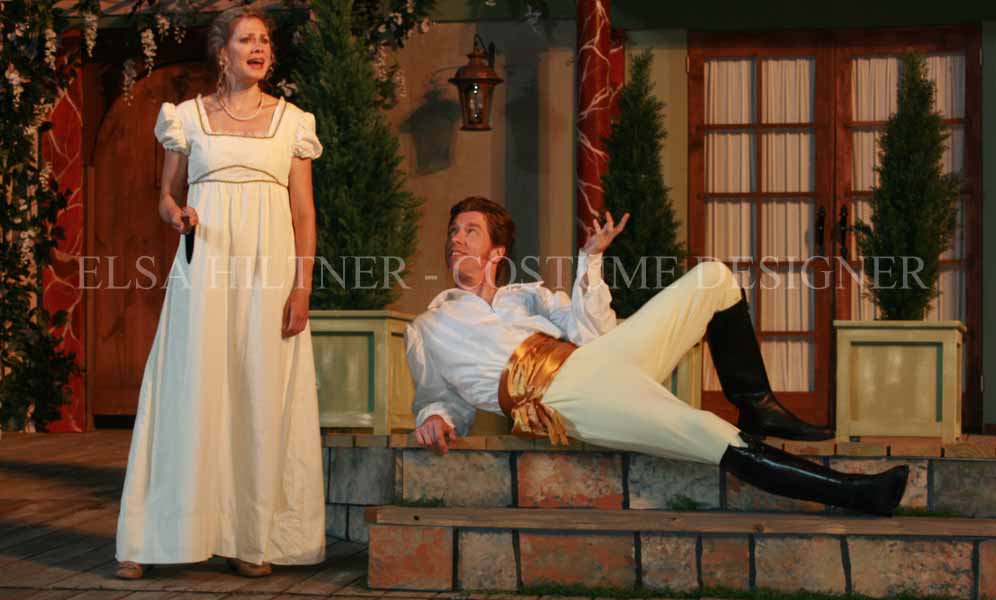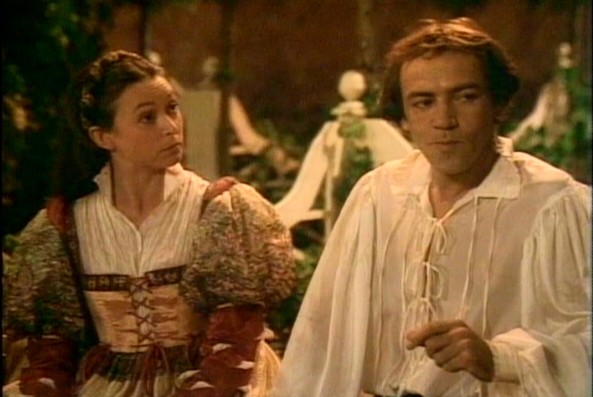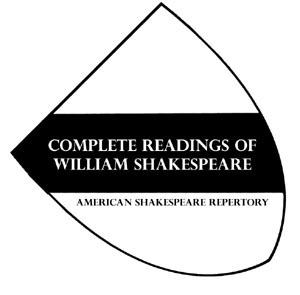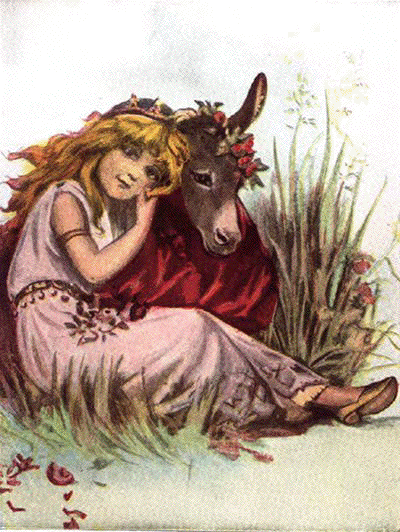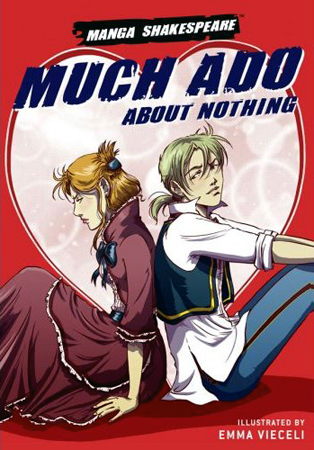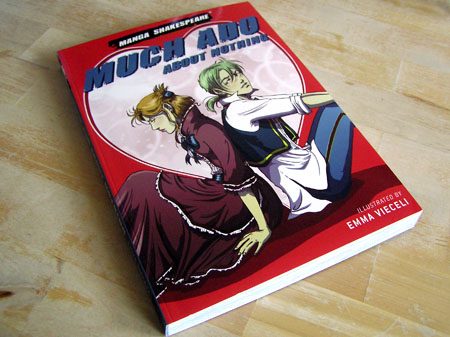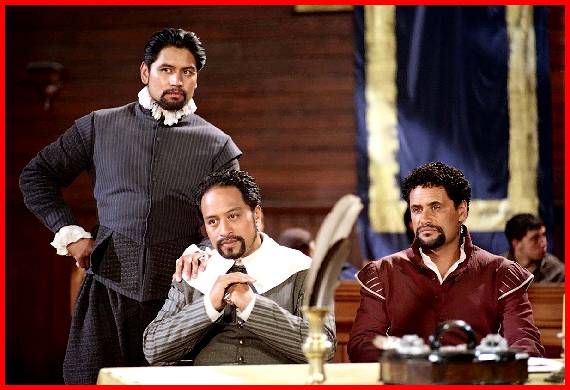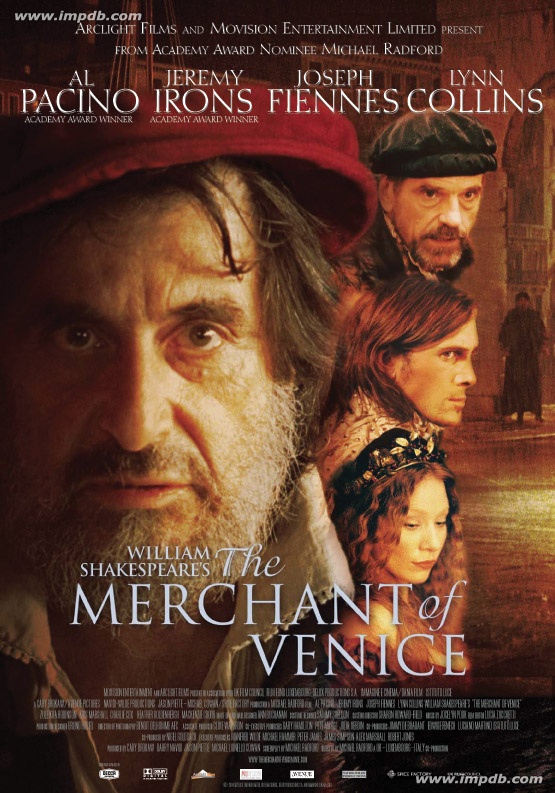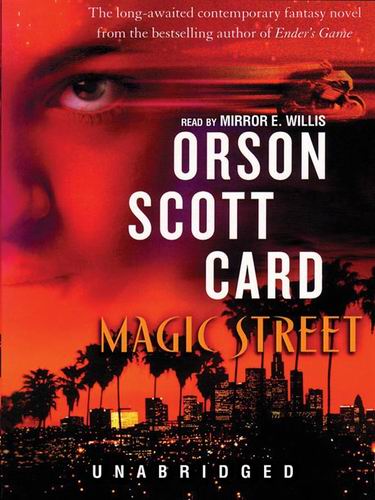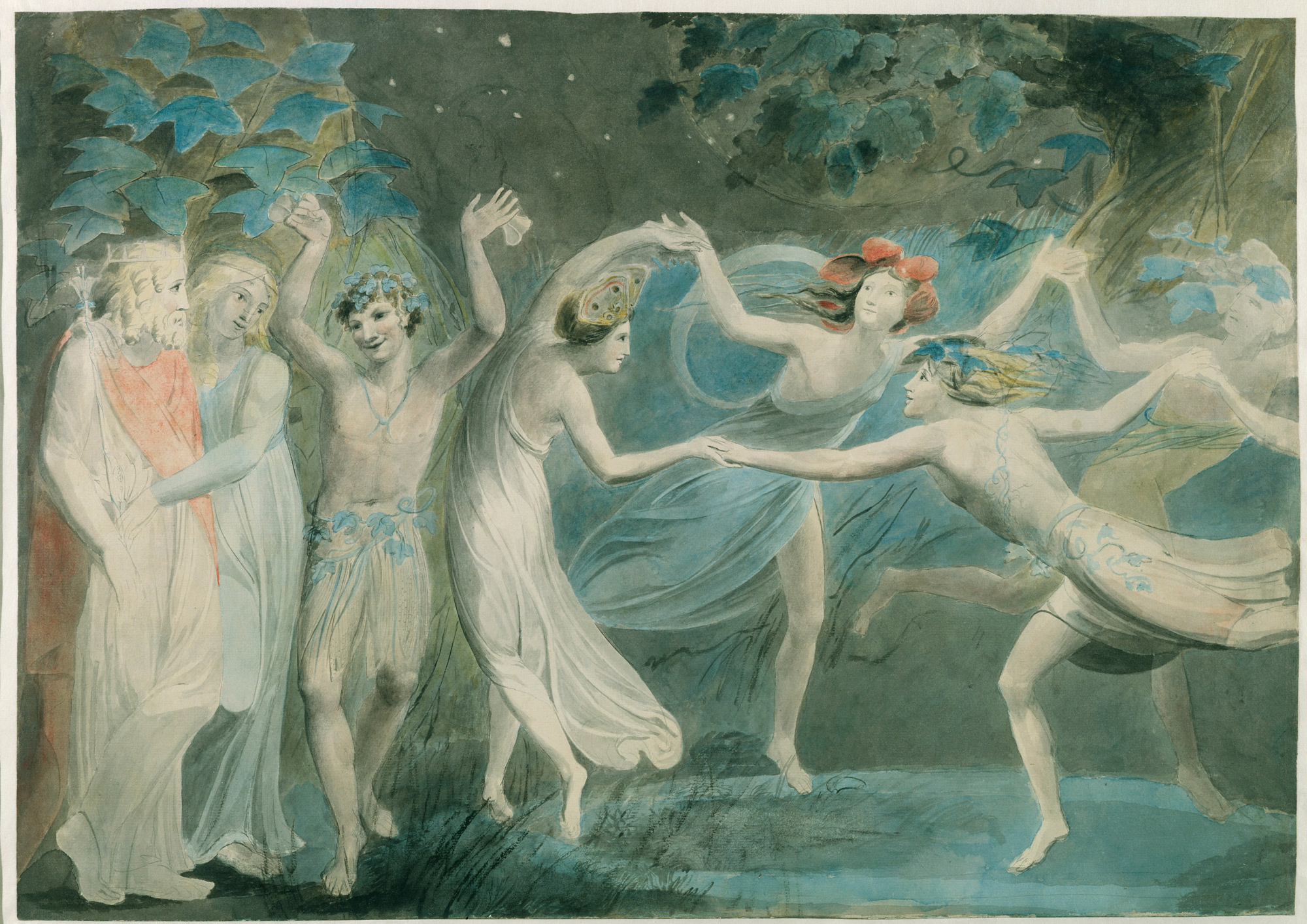
The Questors Playhouse March 2007
(Much Ado About Nothing adaptation on stage)
Directed & Designed by Steve Fitzpatrick
Choreography by Frances Whittaker
Original music composed by Yaron Hollander
Lighting design by Andy Torble
Sound design by Alan Smith
Costume design by Sarah Andrews
The Cast
Assisi Azzorpardi, Katy Baggs, Robert Baker-Glenn, Sarah Beebe, Howard Benbrook, Hainsley Bennett, Stephanie Boyle, Tony Bromham, Julian Casey, Sunita Dugal, Jemma Edmunds, James Ellis, Russell Fleet, Andrea Gray, Martin Halvey, David Hovatter, Claudia Kailich-Ofner, Sarah Morrison, Mark Oosterveen, Nikki Squire, lan Stirling, Derek Stoddart, Rosalind Storey, Matilda Tucker, Paul Vincent, Alexis Wieroniey.
The Crew
Sarah Andrews, Claire Auvache, James Bromfield, Jim Craddock, Andrew Davies, Charlotte Drew, Arthur England, Kate Gardiner, Richard Halberstadt, Michael Hayes, Francois Langton, Jovanka Litvinenko, Sarah Parkinson, Caroline Phelan, Beth Pitman, Alison Pollard, Jack Richardson, Alan Smith, Diane Valtisiaris, Claire Walker, Richard Williams.
More information.
_____

Much Ado About Nothin’09, directed by Gary Meitrott.
An adapted version set in the South at the outbreak of the Civil War.
Synopsis:
At Manassas, Virginia, Don Pedro, a well-to-do Southern Gentleman from Atlanta, and his officers,
Claudio and Benedick, have just returned from a successful battle. Leonato, a wealthy plantation
owner in Manassas, welcomes them for passing by and invites them to stay for a month
and to have a masked party.
Leonato’s niece, Beatrice, and Benedick, longtime adversaries, carry on their arguments. Claudio’s
feelings for Hero, Leonato’s only daughter, are rekindled on his seeing her, and Claudio soon announces
to Benedick his intention to court her. Benedick tries to dissuade his friend, but is unsuccessful in the
face of Don Pedro’s encouragement. While Benedick teases Claudio, Benedick swears that he will
never get married. Don Pedro laughs at him and tells him that when he has found the right person he
shall get married.
A masquerade ball is planned in celebration, giving a disguised Don Pedro the opportunity to woo
Hero on Claudio’s behalf. Don John uses this situation to get revenge on his brother Don Pedro by
telling young Claudio that Don Pedro is actually wooing Hero for himself. Claudio then becomes furious
at Don Pedro and confronts him. The misunderstanding is quickly resolved and Claudio wins Hero’s hand
in marriage.
Don Pedro and his men, bored at the prospect of waiting a week for the matrimonial ceremony to take
place, harbor a plan to matchmake Beatrice and Benedick. The men, led by Don Pedro, proclaim Beatrice’s
love for Benedick while knowing he is eavesdropping on their conversation. The women, led by Hero, do the
same likewise to Beatrice. Struck by the fact that they are apparently thought to be too proud to love each
other, Beatrice and Benedick, neither willing to bear the reputation of pride, each decides to requite the
love of the other.
Meanwhile Don John, ‘The Bastard’, Don Pedro’s illegitimate brother, is a malcontent who plots to ruin
Claudio and Hero’s wedding plans by casting aspersions upon Hero’s character. His follower Borachio
courts Margaret, Hero’s chambermaid, calling her “Hero”, at Hero’s open bedroom window while Don John
leads Don Pedro and Claudio to spy below. The latter two, mistaking Margaret for Hero, are convinced of
Hero’s infidelity.
The next day, during the wedding at the church, Claudio climactically refuses to marry Hero. He and
Don Pedro humiliate Hero publicly before a stunned congregation and Margaret, who is attending the
wedding, does not speak up in Hero’s defense. The two leave, leaving the rest in shock. Hero, who has
fainted from shock, revives after Don Pedro and Claudio leave, only to be reprimanded by her father. The
presiding Friar interrupts, believing Hero to be innocent, and he convinces the family to fake Hero’s death
in order to extract the truth and Claudio’s remorse.
Leonato and Antonio, Hero’s uncle, subsequently blame Don Pedro and Claudio for Hero’s death, and
both challenge Claudio to duels. Benedick, forcefully prompted by Beatrice, does the same.
Astonishingly, however, on the night of Don John’s treachery, the local Watch has apprehended Borachio
and his ally Conrade. Despite the Watch’s comic ineptness (headed by Madam Dogberry, a master of
malapropisms), they have overheard the duo discussing their evil plans. The Watch arrest them and
eventually obtain the villains’ confession, whilst informing Leonato of Hero’s innocence. Though Don John
has meanwhile fled the city, a force is sent to capture him. Claudio, though maintaining he made an honest
mistake, is repentant; he agrees to not only post a proper epitaph for Hero, but to marry a substitute,
Hero’s cousin (not Beatrice), in her place.
During Claudio’s second wedding, however, as the dancers enter, the «cousin» is unmasked as Hero herself,
to a most surprised and gratified Claudio. An impromptu dance is announced. Beatrice and Benedick,
prompted by their friends’ interference, finally confess their love for each other. As the play draws to a close, a messenger arrives with news of Don John’s capture – but his punishment is postponed another day so that the couples can enjoy their new found happiness.
More information here.
_____

Think Much Ado About Nothing doesn’t have much to do with you? Check out our online animation version, and see what this story might be like if it happened in a high school just like yours.
Go to animation.
_____

True to the original vision of the authors, our books have been further enhanced by using only the finest artists – giving you a truly wonderful reading experience that you’ll return to again and again. Timeless stories, receiving our own original and exciting treatment; from Shakespeare to Dickens to Shelley to Brontë…
…our range has
something for everyone!
Turning Classic Literature into Classic Comics – that’s Classical Comics!
Click here and download the ‘Classical Comics’ Quick Text of Much Ado about Nothing (comic adaptation). The 2008 set sections, presented in comic book form with reduced dialogue for easier reading.
_____

In 2006 the American Music Theatre Project produced The Boys Are Coming Home, a musical adaptation by Berni Stapleton and Leslie Arden that sets Much Ado About Nothing in World War II America.
The Boys Are Coming Home was the second new musical to emerge from AMTP at Northwestern University. Written in 2005 and based on Shakespeare’s comedy Much Ado About Nothing, this musical is set in the year 1945, when American servicemen returned home from World War II. With music and lyrics by Leslie Arden and book by Berni Stapleton, The Boys Are Coming Home is a captivating journey through the joys and challenges of post-war life. The Boys Are Coming Home was directed by Gary Griffin (assisted by Jason Tyne).
The Boys Are Coming Home was chosen for inclusion in the National Alliance for Music Theatre Festival of New Works in New York City and was renamed One Step Forward.
It was listed on the Goodman Theatre’s 2007-8 season with a new book by Rebecca Gilman and was to be directed by David Petrarca. This would have been the second Arden/Petrarca team-up with their first being Goodman’s production of The House of Martin Guerre back in 1996, but irreconcilable artistic points of view among the key collaborators scuttled the planned world premiere musical (which reverted to its original title The Boys Are Coming Home) and director Chuck Smith’s staging of Ain’t Misbehavin’, the popular revue of songs by Fats Waller which was originally slated for April-May in the Goodman’s Owen Theatre was bumped to the Albert Theatre and assumed the dates of The Boys are Coming Home.
From Wikipedia, the free encyclopedia.

THE BOYS ARE COMING HOME, AMTP’s third new musical undertaking was a new musical loosely based on Shakespeare’s «Much Ado About Nothing.» It opened July 28, 2006 at the Barber Theatre.
THE BOYS ARE COMING HOME features a book by Berni Stapleton, inspired by an idea from Timothy French, and music and lyrics by Leslie Arden. As composer-lyricist Leslie Arden explains, THE BOYS ARE COMING HOME is set in 1945, right on the cusp of swing and bebop. What a beautiful metaphor for a show that explores the ramifications of World War II in America, the ‘just war’ that was a catalyst for overwhelming social, sexual, racial, and political change.» The cast featured a mix of student performers and several prominent Chicago music theatre professionals.
Directed by Gary Griffin, THE BOYS ARE COMING HOME explores the new order of male-female relationships that came into being when our soldiers returned from World War II. BOYS was initially commissioned by the National Arts Center of Canada and had its first reading there. The honorary producers for BOYS are Harold Kaplan of the Chicago law firm of Gardner Carton and Douglas LLP and Bill Donnell.
Leslie Arden is a multi-award winning book writer and lyricist whose work «House of Martin Guerre» had an acclaimed run at the Goodman Theatre in the late 1990s. Berni Stapleton is one of Canada’s leading writers and performance artists.
THE BOYS ARE COMING HOME met with rave reviews. Chris Jones of the Chicago Tribune raved that «this show is smarter and has a better score that at least 80 percent of the shows on Broadway in the last five years.» Hedy Weiss of the Chicago Sun-Times wrote that «wherever it goes next, The Boys are Coming Home deserves a long and productive stage life.»
The BOYS ARE COMING HOME was chosen for inclusion in the National Alliance for Music Theatre Festival of New Works in New York City and has been renamed «One Step Forward». The NAMT festival is one of the most prestigious new musical development programs in America today.
Click here for more information.
_____
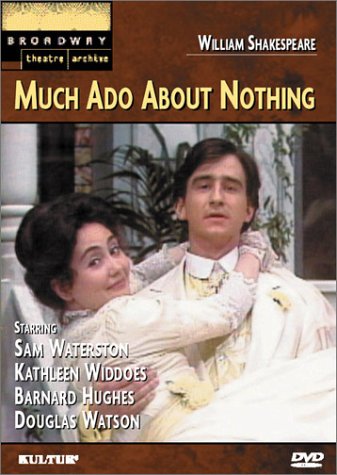
Another adaptation is the 1973 New York Shakespeare Festival production by Joseph Papp, shot on videotape and released on VHS and DVD, that presents more of the text than Kenneth Branagh’s version. The Papp production stars Sam Waterston, Kathleen Widdoes and Barnard Hughes.
_____
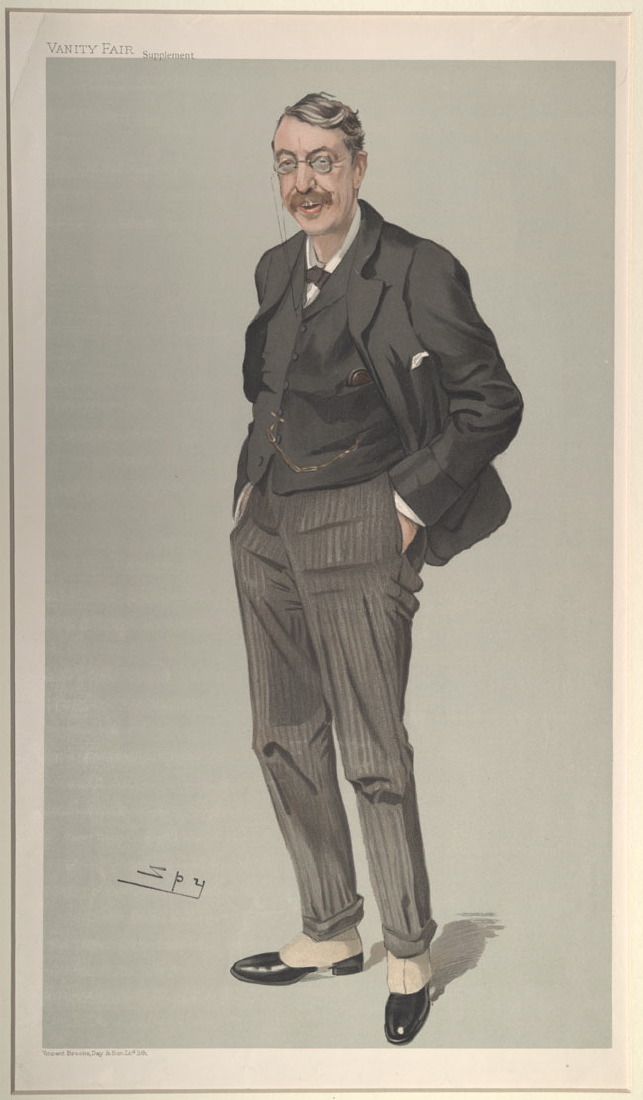
Much Ado about Nothing is an opera in four acts by Charles Villiers Stanford with a libretto by Julian Sturgis based on Shakespeare’s play Much Ado about Nothing. It premiered to considerable success at the Royal Opera House, Covent Garden on 30 May 1901. The premiere cast included David Bispham as Bendedict, Marie Brema as Beatrice, Suzanne Adams as Hero, John Coates as Claudio, and Pol Plançon as Friar Abby.
Although rarely performed now, it was revived at the 1964 Wexford Opera Festival in a production directed by Peter Ebert.

_____

Béatrice et Bénédict (Beatrice and Benedick) is an opera in two acts by Hector Berlioz. The French libretto was written by Berlioz himself, based closely on Shakespeare’s Much Ado About Nothing. It was first performed at the Theater der Stadt, Baden-Baden on 9 August 1862.
Berlioz completed the score between the completion and production of his magnum opus, the monumental opera Les Troyens. Shortly after its successful premiere in Baden, Berlioz conducted the first two performances of a German version in Weimar, where he was «overwhelmed by all sorts of kind attention,» as he recorded in his memoirs.

Performance history
Béatrice et Bénédict was first seen in France at the Opéra-Comique in 1890; it was again seen at that theatre in 2010. Although rather infrequently performed and not part of the standard operatic repertoire, other recent productions have included Amsterdam and Welsh National Opera tour in 2001, Sante Fe in 2004, Strasbourg in 2005, Chicago in 2007 and Houston in 2008.
There are several recordings of the opera, and the overture, which refers to several passages in the opera without becoming a pot-pourri, is frequently heard in concerts, as well as having been recorded many times.
Synopsis
Time: The 16th century.
Place: Messina, Sicily.
Act 1
Don Pedro, prince of Aragon, is visiting Messina after a successful military victory over the Moors, which is celebrated by all of Sicily. He is joined by two friends and fellow soldiers, Claudio and Bénédict. They are greeted by Léonato, governor of Messina, together with his daughter, Héro, and niece, Béatrice.
Héro awaits the return of her fiancé, Claudio. Béatrice inquires about and scorns Bénédict. They trade insults and tease each other. Bénédict swears to his friends that he will never marry. Later, Claudio and Pedro scheme to trick Bénédict into marrying Béatrice. Knowing that he is listening, Léonato assures Pedro that Béatrice loves Bénédict. Upon hearing this, Bénédict resolves that Béatrice’s love must not go unrequited, and so he decides to pursue her. Meanwhile, elsewhere, Héro and her attendant, Ursula, manage to play a similar trick on Béatrice who now believes that Bénédict is secretly in love with her.
Act 2
To celebrate the pending wedding of Claudio and Héro, Léonato hosts a masquerade party. A local music teacher, Somarone, leads the group in song and everybody enjoys themselves except Béatrice who realizes that she has fallen in love with Bénédict. As she turns to leave she is met by Bénédict, prompting an exchange in which they both attempt to conceal their love for each other. A notary solemnizes the marriage and, as arranged by Léonato, asks a second couple to come forward. Bénédict summons the courage to declare his love to Béatrice and the two sign the wedding contract along with Héro and Claudio.

Click here for more information.
_____
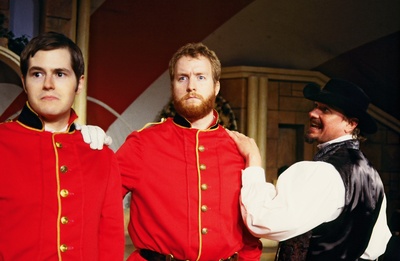
Much Ado About Nothing (2004, Shakespeare on the Saskatchewan)
Title Much Ado About Nothing
Year 2004
Theater Company Shakespeare on the Saskatchewan
Theaters South Saskatchewan River (Canada)
Release Locations Canada
Start Date
End Date
Play Connections Much Ado About Nothing (performance)
Setting North West Canada. 1875
Media Collections poster (1 artifact)
production still (12 artifacts)
program (1 artifact)
Cast Overview
Balthasar Ricardo Alvarado
Watch Ricardo Alvarado
Leonato Sheldon Bergstrom
Ursula Carole Birch
Sexton Ralph Blankenagel
Don Pedro Matt Burgess
Hero Angela Christie
Claudio Jaron Francis
Dogberry Alphonse Gaudet
Benedick Brad Grass
Friar Francis Sean Hoy
Conrade Matt Josdal
Antonio Tom O’Hara
Watch Tom O’Hara
Beatrice Andrea Runge
Borachio Paul Schulz
Margaret Jennelle Sutter
Production Team and Crew Overview
Director Mark von Eschen
Costume Designer Beverley Kobelsky
Set Designer Stephen Wade
Lighting Designer Stephen Wade
Choreographer Shannon Miko
Technical Director Richard Monseler
Production Manager Richard Monseler
Production Stage Manager Laura Kennedy
Assistant Stage Manager Jody Longworth
Wardrobe Carla Orosz
Properties Penny Paget
Company Overview
Theater Company Shakespeare on the Saskatchewan
Click here for more information.
_____

In 1978, the BBC set itself the task of filming all of William Shakespeare’s plays for television. The resulting productions, renowned for their loyalty to the text, utilised the best theatrical and television directors and brought great performances from leading contemporary actors. Click here for more information.
_____

«Much Ado About Nothing is about males and females and the different ways males and females handle things. It’s about belonging to a peer group and the things you do to stay in it and the times you know when you have to break away from it, and about feeling outcast from that group and how you handle that. it’s about friendship and trust and love. It’s about being real and not real, there’s so much when people aren’t being true to themselves. The times when they are really shine through.» (Jo Howarth, Director of the adaptation)
Click here for more information about this adaptation.
_____

Free educational resources to support learning for Much Ado About Nothing can be found on this innovative and interactive website.
This is a website that explores Much Ado About Nothing. They have approached the play in four different ways, looking at its language, the characters and their motivations, discussing the themes and issues in the play and finally by staging the play we look at text in performance. You can’t forget that at the end of the day Shakespeare’s plays were written to be performed and that’s where the magic really happens. They hope you will have a good look around and enjoy their site.
_____

The work of the Klingon Shakespeare Restoration Project continues with the publication of «wIlyam SeQpIr’s famous play paghmo’ tIn mIS» («The Confusion Is Great Because of Nothing»), ISBN 158715501X. Now available from the KLI, and for less than the usual retail price! This new Klingon restoration is the work of Nick Nicholas, one of the authors of our version of Hamlet, a Klingonist of great note and experience.
This was actually the first of the Bard’s work to be restored to Klingon, even before our famous Hamlet restoration, and now it has been revised and edited and improved to bring you a fine example of Klingon belles lettres. Don’t miss out, order a copy!
Click here.
_____




On this website you can find an adaptation of Shakespeare’s Much Ado About Nothing by Peter Gill, playwright and theatre director. He performed Much Ado (1969).
_____

In 1981, Peter Gill directed it in The National Theatre. Click here.
_____

Milton Papageorge website.
Milton’s numerous film and TV credits include his recent appearance in the recurring role of Gabriel in MyNetworkTV’s “Wicked, Wicked Games.”
Classically trained he has toured regionally as an actor, stand-up comic and as a member of the Second City’s National Touring Company in Canada.
Milton is a graduate of both the London Academy of Music and Dramatic Arts and the University of Arizona, where he received his Master of Fine Arts.
He is a member of AFTRA, SAG, and ACTRA.
In the photography of above he appears acting with Marchelle Barquisseau, Adrienne Sweeney and Erica Rominger in an adaptation of
«Much Ado About Nothing» (an adaptation pirates).
_____

Despite the darkness and difficulties at the dimax of this play love wins through and the lively comedy leads to a happy ending.
In Messina, as the Duke Don Pedro and his court return from a recently concluded war, a message comes to Leonato that the Duke intends to visit his house for a few days. The Duke’s party arrives with Count Claudio, who had before the war been attracted by Leonato’s only daughter. Hero. Another of the court visitors is Benedick, a bachelor, who enjoys speaking his mind in witty argument with Hero’s cousin and companion, the Lady Beatrice.
Leonato holds a masked ball to celebrate the end of the war and the engagement of Claudio to Hero is arranged while the Duke’s brother, Don John, resenting the celebrations, seeks a way to spoil the general happiness. Don John plots with the soldiers, Borachio and Conrade, to deceive Claudio into believing Hero is false to him. As a result a trick is carried out with the unwitting assistance of Hero’s maid, Margaret, who talks from Hero’s bedroom window with Borachio at night while Claudio and the Duke watch secretly from a distance, under the delusion that the girl at the window is Hero.
Hero and Don Pedro meanwhile are convinced that Benedick and Beatrice are ideal partners and by means of overheard conversations the two realise they do indeed love one another. (…) Read more.
_____
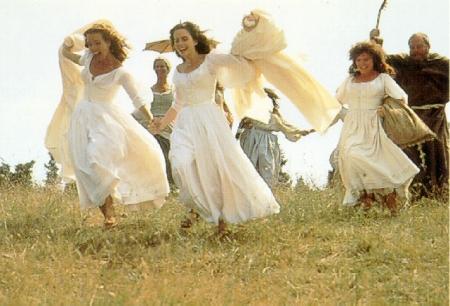
Discussion questions dealing with the adaptation for the screen of Much Ado About Nothing (Kenneth Branagh’s adaptation). Click here.
_____

Here you can find a collection of interesting essays on Much Ado About Nothing and some adaptations such as Kenneth Branagh’s adaptation.
_____

I have found a very interesting website because somebody have recollected lots of links dealing with Shakespeare adaptations (Shakespeare in literature, music (operas, musicals, songs etc.), ballet, film, paintings, sculpture, architecture, Shakespeare as a popular icon, Shakespeare in different countries, tourism, sites and metasites on the net, biographies and authorship debates, Shakespeare in the classroom… Not all the links are available but I think this website could be interesting in this research. Click here.
_____

Here, on this website, you can know more about Much Ado About Nothing adaptations.

That’s John Gielgud behind the
mask, in a 1952 production at
the Phoenix Theatre in London.
_____
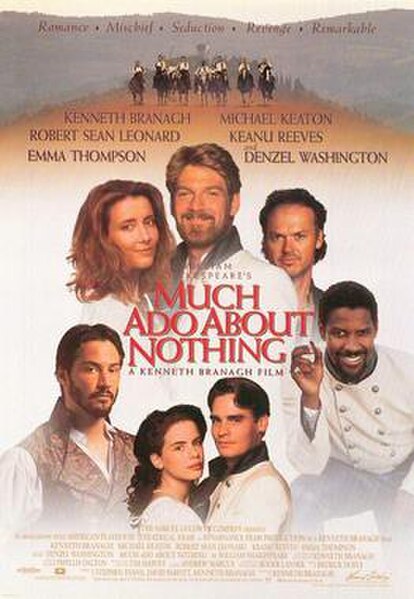
Much Ado About Nothing is a 1993 film based on William Shakespeare’s play. It was adapted for the screen and directed by Kenneth Branagh, who also played the role of Benedick.
Much Ado About Nothing was released on May 7, 1993, reaching 200 U.S. screens at its widest release. It earned $22 million at the U.S. box office and $36 million total worldwide, which, despite failing to reach the mark set by Franco Zeffirelli’s Romeo and Juliet, made it one of the most financially successful Shakespeare films ever released. It was also entered into the 1993 Cannes Film Festival. From Wikipedia, the free encyclopedia
_____

Just another adaptation of Much Ado About Nothing of Folger Theatre in 2009.
Click on Folger Shakespeare Library to know more details (who were the staff, the Production Team, the cast, …
_____

Take the 60 Second challenge!
Creating your own interpretation of Shakespeare in one minute – make a film or audio, take a scene or whole play, keep it classic or make it modern, it’s up to you. Very interesting link dealing with Much Ado About Nothing.
_____

Canadian Adaptation Shakespeare Project is the first research project of its kind devoted to the systematic exploration and documentation of the ways in which Shakespeare has been adapted into a national, multicultural theatrical practice. Originally launched in 2004 by Professor Daniel Fischlin, CASP Version 2 was released in 2007 offering more than double the content, including learning, teaching, multimedia, and research resources and pedagogical tools related to how Shakespeare has been adapted into (and out of) Canadian theatre. CASP Version 2 reflects the project’s ongoing commitment to blending the best practices of humanities research, new media, online publishing, accessibility, and community engagement.

CASP Founder and Director, Daniel Fischlin; photo courtesy of Dean Palmer
_____

Much Ado About Nothing Study Guide
Much Ado About Nothing E-Text contains the full text of Much Ado About Nothing. I think it could be interesting to know the existence of this modern tool dealing with Much Ado About Nothing.
An e-text (from «electronic text»; sometimes written as etext) is, generally, any text-based information that is available in a digitally encoded human-readable format and read by electronic means, but more specifically it refers to files in the ASCII character encoding.
_____
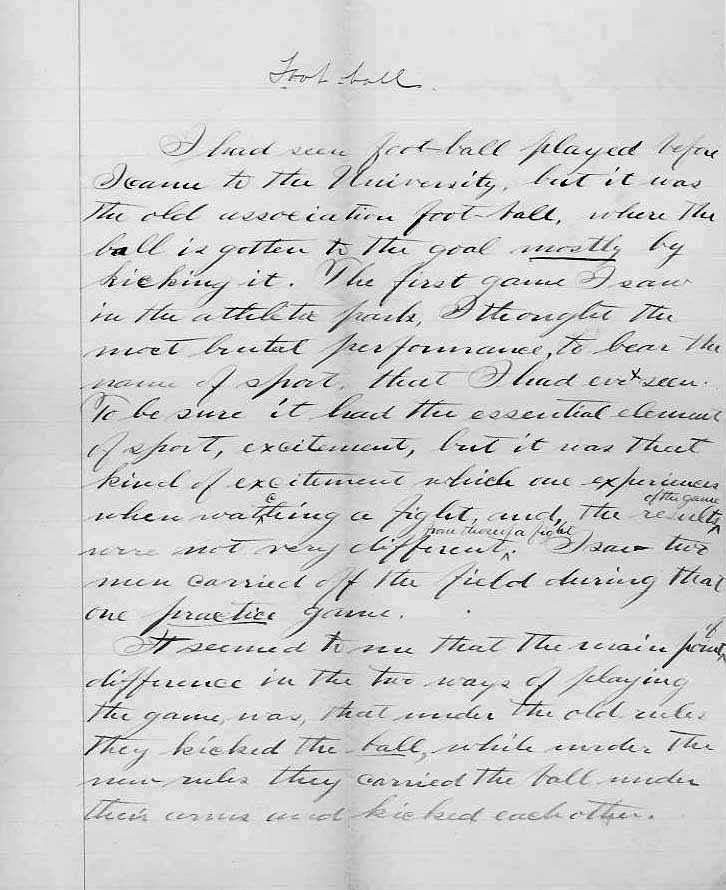
Much Ado About Nothing Essays
Much Ado About Nothing literature essays are academic essays for citation. These papers were written primarily by students and provide critical analysis of Much Ado About Nothing. I think it could be interesting to reflect in this post the point of view and the opinion of a lot of people in some essays about Much Ado About Nothing.
_____

When the bickering between broadcasters Beatrice and Benedick gets too much to take, their colleagues at South West TV come up with a cunning plan to shut the pair up. Meanwhile, lovely weathergirl Hero and dashing reporter Claude are a match made in heaven – but does everyone want to see them so happy?
Sarah Parish, Damian Lewis, Tom Ellis and Billie Piper star in David Nicholls updating of Shakespeare’s Much Ado About Nothing – one of the Bard’s best loved and funniest plays.
You can find about this adaptation more information here.
_____

In this link (www.experiencefestival.com)you can find a selection of articles related to Much Ado about Nothing Adaptations.
_____
I have found this adaptation of Much Ado about Nothing by Louis Burdett. It is an adaptation for kids.
It is a great idea: approach the Shakesperean works to the kids because Shakespeare can be fun!
More information: Click here (An online catalog)

_____
Good news for my job: I knew the importance and transcendence of William Shakespeare but I never thought that somebody would make a «Much Ado About Nothing» Manga’s adaptation!
I have found this adaptation of Much Ado About Nothing of Manga.
«Manga Shakespeare: Much ado about nothing / by William Shakespeare»; adapted by Richard Appignanesi; illustrated by Emma Vieceli.
Emma Vieceli is a professional comic book artist and illustrator from the UK. Since becoming one of the winners of the first Tokyopop Rising Stars of Manga UK and Ireland competition, she has worked with publishers including: SelfMadeHero, Image, Tokyopop and Random House. She is also a key member of independent publisher and manga-styled comic collective, Sweatdrop Studios. This is her second book in the Manga Shakespeare series, after Hamlet.
Click here for more information.

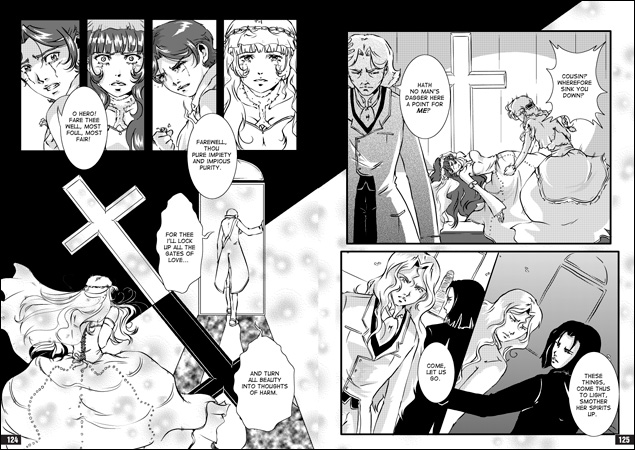
It is worthy of being observed! …or bought it, if you want.
_____

Much Ado About Nothing Adaptations
There have been several notable adaptations of Much Ado About Nothing, the comedy written by William Shakespeare.
Television:
There have been several screen adaptations of Much Ado About Nothing, and almost all of them have been made for television. In 2005 the BBC adapted the story by setting it in the modern-day studios of Wessex Tonight, a fictional regional news programme, as part of the ShakespeaRe-Told season, with Damian Lewis, Sarah Parish, and Billie Piper.
Film:
The first cinematic version in English may have been the 1913 silent film directed by Phillips Smalley. The first big sound version in English was the highly acclaimed 1993 film by Kenneth Branagh.
Other:
The operas Béatrice et Bénédict (1862) by Hector Berlioz and Much Ado About Nothing by Sir Charles Villiers Stanford (1901) are based upon this play.
Recently the Klingon Language Institute translated Much Ado About Nothing into Klingon, similar to The Klingon Hamlet.
Another adaptation is the 1973 New York Shakespeare Festival production by Joseph Papp, shot on videotape and released on VHS and DVD, that presents more of the text than Kenneth Branagh‘s version. The Papp production stars Sam Waterston, Kathleen Widdoes and Barnard Hughes.
In 2006 the American Music Theatre Project produced The Boys Are Coming Home, a musical adaptation by Berni Stapleton and Leslie Arden that sets Much Ado About Nothing in World War II America.
_____

First of all, if you haven’t read the comedy Much Ado About Nothing, written by William Shakespeare, I think it could be interesting to read a synopsis. Much Ado About Nothing was most likely first performed in 1598 / 1599. The play’s style shares many features of the modern romantic comedy and it remains one of Shakespeare’s most enduringly popular plays on stage.
Click here.






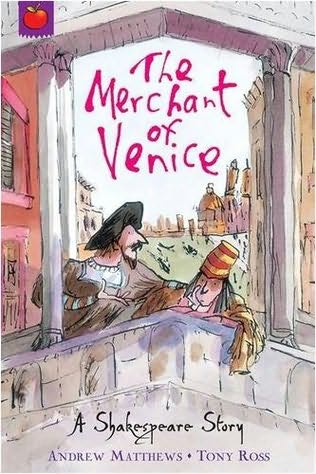

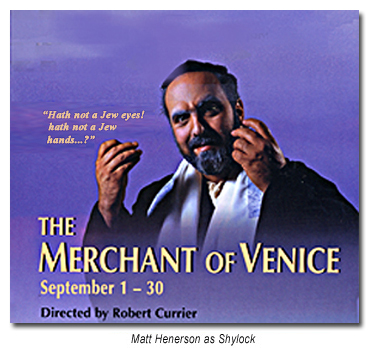



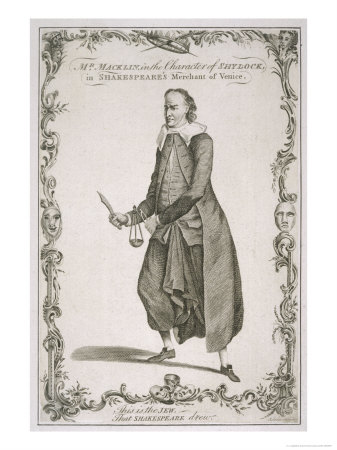










_02.jpg)
















